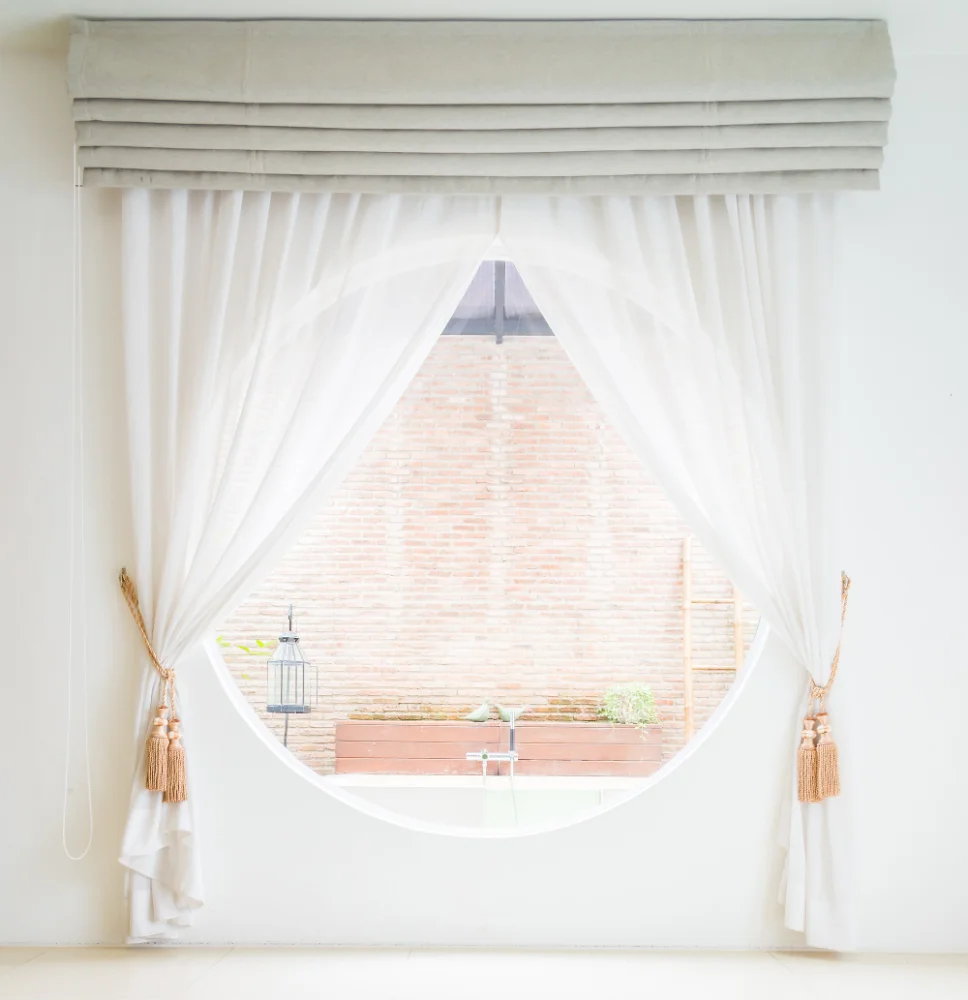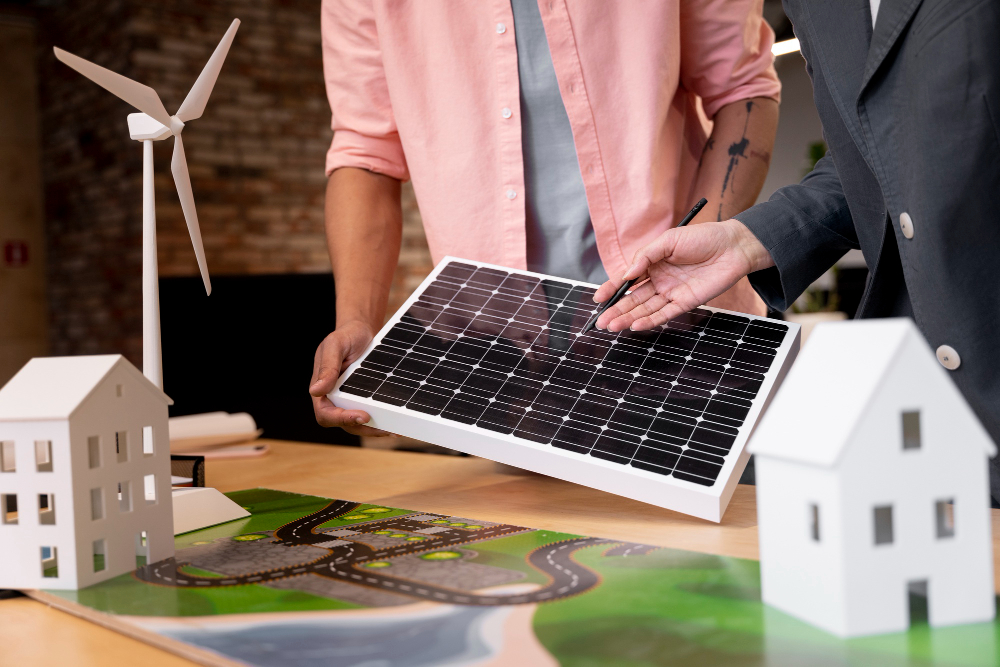Last updated on
Creating a breathtaking outdoor space is a journey that now goes beyond mere aesthetics. In an era of heightened ecological awareness, it’s vital to embrace sustainability in our outdoor designs.
That’s why people seek the top building materials that are sustainable and biodegradable. Here’s a comprehensive guide explaining the important role of sustainability in crafting outdoor elegance.
What’s the Ethos of Sustainability?

The fundamental principle of sustainability is to achieve our present desires without compromising the ability of future generations to meet theirs. Whilst this is a broad concept, it can be aptly distilled into outdoor decor decisions.
When sustainability forms the foundation of outdoor design, every choice (from the materials to the layout) will harmonize with the environment.
For instance, it’s beneficial to choose a locally sourced wooden bench or native shrubs, rather than imported alternatives. This reduces transportation emissions, while emphasizing an authentic connection with the local landscape.
The result is an outdoor space that resonates with both its inhabitants and the environment. In turn, this can promote wellness, peace, and a profound sense of belonging.
Its Power to Attract Nature
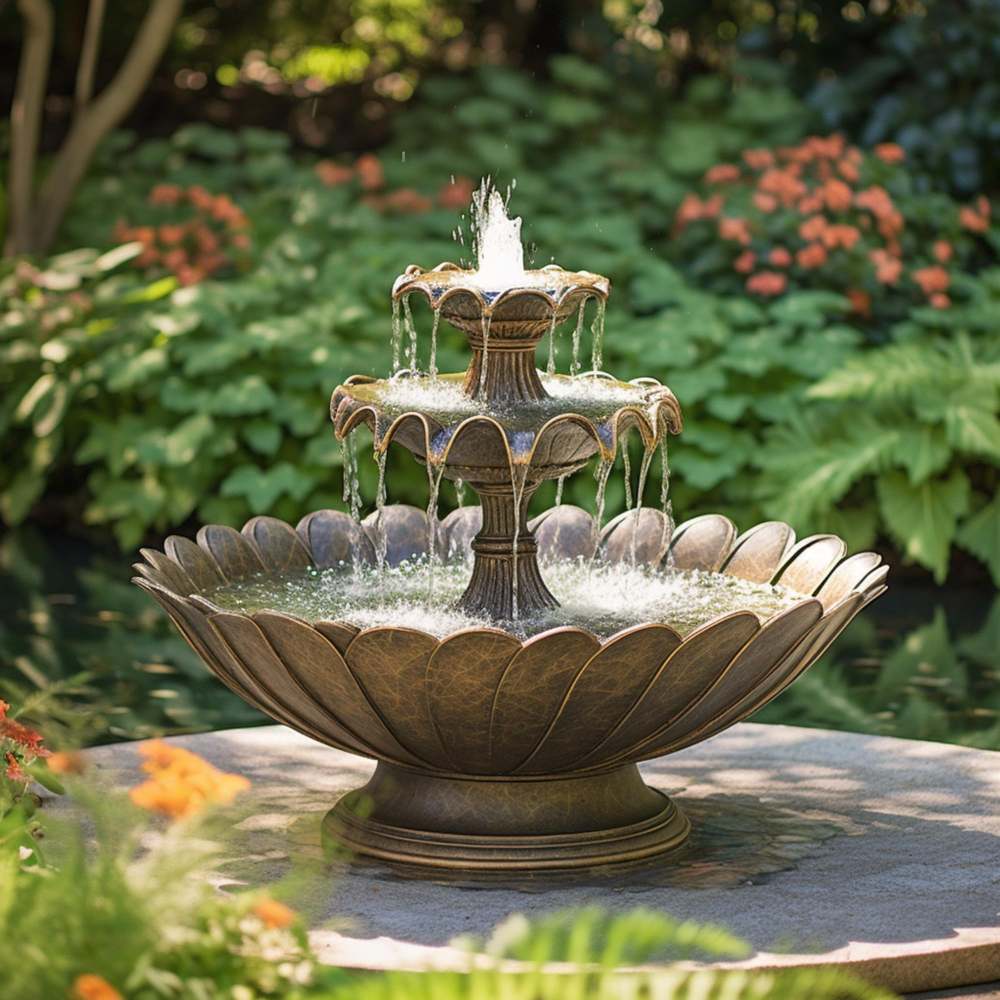
An outdoor space steeped in sustainability acts as a magnet for nature’s wonders. Consider the emphasis on native flora and the shunning of harmful pesticides.
Also, think about the incorporation of natural materials. All of these things can create an ecosystem that beckons wildlife. Birds, butterflies, bees, and even small mammals are drawn to such spaces.
There’s unparalleled magic in watching hummingbirds hover over native blossoms, or witnessing butterflies engage in their dance. Such interactions don’t just enhance visual delight, but also bolster biodiversity.
Sustainable spaces transform into living canvases that are alive with colors, sounds, and movements. They serve to showcase nature’s symphony in its full glory. Some possible options include buying sustainably made bird tables, birdbaths, and nesting boxes.
If you want fountains that can be used as bird baths, specialist websites will let you search by price range or brand. You can view photos and customer ratings, plus details of shipping and return policies.
The Longevity And Durability Aspect
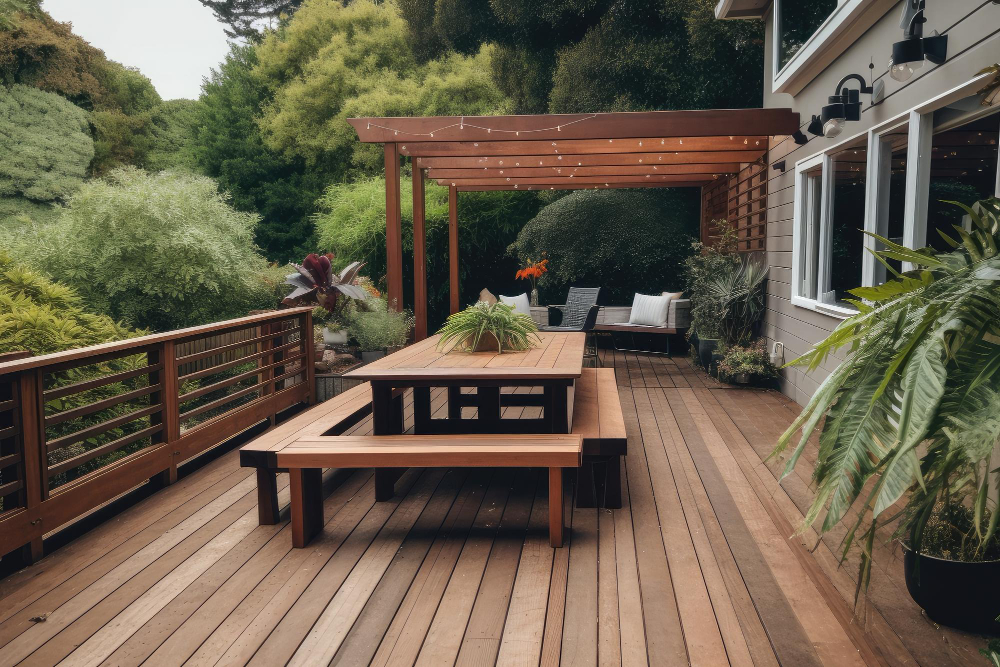
Sustainable materials may have been reclaimed, recycled, or responsibly sourced. However, they’ll all have a unique trait: they’re robust and designed to withstand the test of time. Unlike fleeting trends that might erode or fade, these choices can become long-lasting fixtures.
Consider the grace with which natural stone weathers over time. Or think of the manner in which hardwoods age, revealing intricate patterns and hues.
Their longevity reduces the frequent churn of replacements, which has two-fold benefits. There’s consistent aesthetic appeal, and less strain on the environment (thanks to reduced consumption).
Water Conservation and Sustainable Landscaping
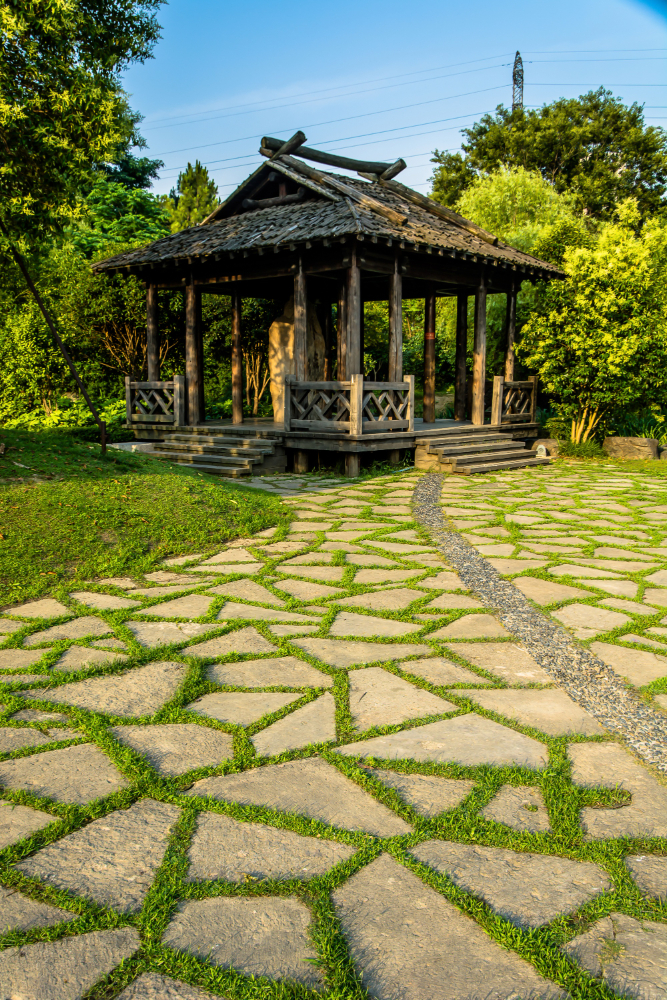
Our planet’s freshwater resources are finite, making conservation paramount. Sustainable outdoor designs are crafted with this principle at heart.
They integrate water-saving solutions like rain gardens, permeable pavements, or drip irrigation systems. Plant choices lean towards native or drought-resistant varieties, minimizing water needs.
These landscaping techniques can ensure a space exudes vibrancy, without draining local water reserves or causing harmful runoffs. The act of using recycled water or harvesting rainwater can become an aesthetic element. For instance, a sculptural rain barrel or a cascading rain chain can be both functional and decorative.
The Aesthetic Appeal of Natural Materials
Natural materials possess a raw and unpolished grandeur, exuding an aesthetic charm that’s unparalleled. Their textures, colors, and patterns are a result of years – sometimes centuries – of natural processes.
Consider the ruggedness of stone, the warmth of wood, or the fluidity of natural fibers. The presence of such materials can enrich any outdoor space.
When these materials are integrated sustainably, they establish a dialogue with their surroundings. They can weather, age, and transform over time.
Evolving rather than deteriorating, they add layers of depth and intrigue to the space. Sustainable choices ensure that as seasons change, the space acquires fresh nuances. In turn, this ensures continuous engagement and delight.
Reduced Carbon Footprint and Energy Efficiency
Sustainability and energy efficiency are inseparable allies. A consciously curated outdoor space will prioritize sustainability and lean towards reducing energy consumption.
There are choices including solar-powered garden lights, energy-efficient fixtures, and shade-providing trees. These things and more can contribute to a reduced carbon footprint.
Moreover, it’s possible to position elements in order to capitalize on passive solar design. For instance, you can place seating areas in naturally shaded spots.
Alternatively, you can use reflective surfaces to amplify light. Both of these examples can ensure comfort, without excessive energy use. As an added benefit, the very elements that boost energy efficiency (be it a solar lamp or a shade tree) can enhance the space’s aesthetic allure.
Emphasizing Health and Well-being
A sustainable outdoor domain doesn’t just nurture the environment – it cares for its inhabitants too. Think about the conscious avoidance of toxic materials, chemical fertilizers, or harmful pesticides.
This can ensure that the air is as pure as nature intended. Every breath will be refreshing, invigorating, and devoid of pollutants.
Moreover, research consistently highlights the therapeutic effects of nature on the human psyche. Spaces that embrace sustainable and natural elements offer a haven from the daily grind.
They reduce stress and anxiety, and elevate mood. Essentially, they create a sanctuary where wellness (both physical and mental) is celebrated and promoted.
Flexibility and Adaptability
Sustainability acknowledges the dynamic nature of our planet. Therefore, a sustainable outdoor design inherently values adaptability. It allows the garden to evolve with the seasons, the local fauna, and the ever-changing ecological needs.
Being adaptive means that as new sustainable materials or practices emerge, they’re seamlessly integrated. This ensures the space remains fresh, relevant, and in sync with the latest in sustainable innovation.
An adaptable garden is like a living entity. It’s ever-evolving, and consistently mirroring the delicate balance of nature.
Marrying sustainability with outdoor elegance is more than just a design choice. It’s a testament to an informed, conscious, and responsible approach to life.
It values harmony, respects nature, and cherishes the delicate balance of our ecosystem. Besides daily enjoying our outdoor areas, we can craft legacy landscapes that future generations can cherish and preserve.
Related reading:
Table of Contents

